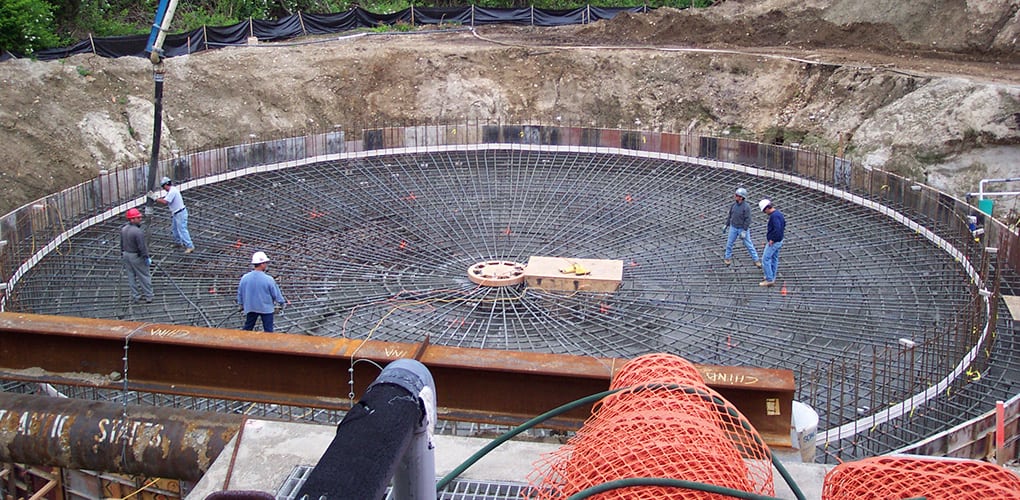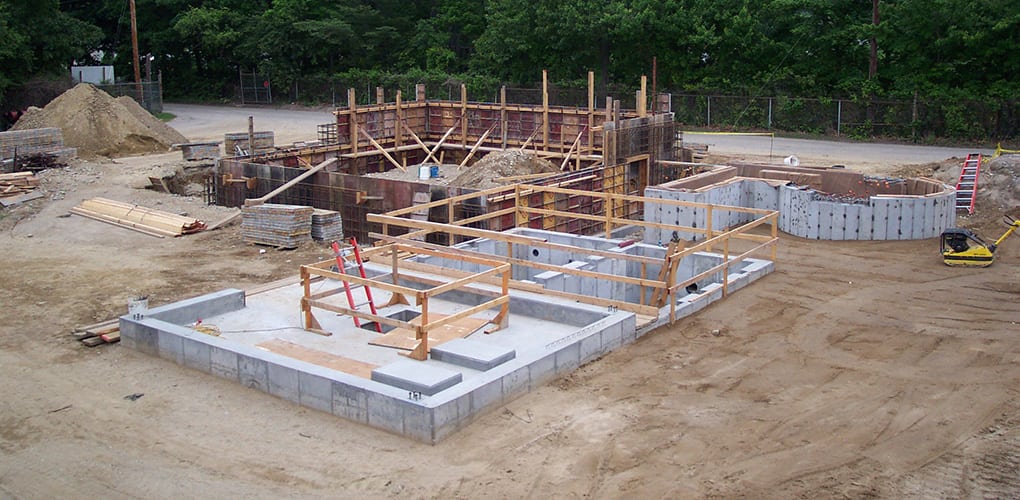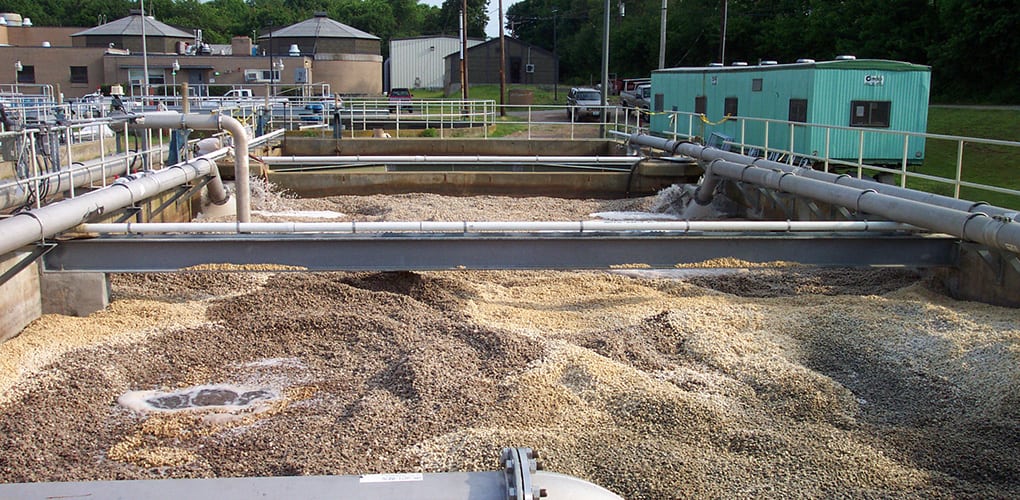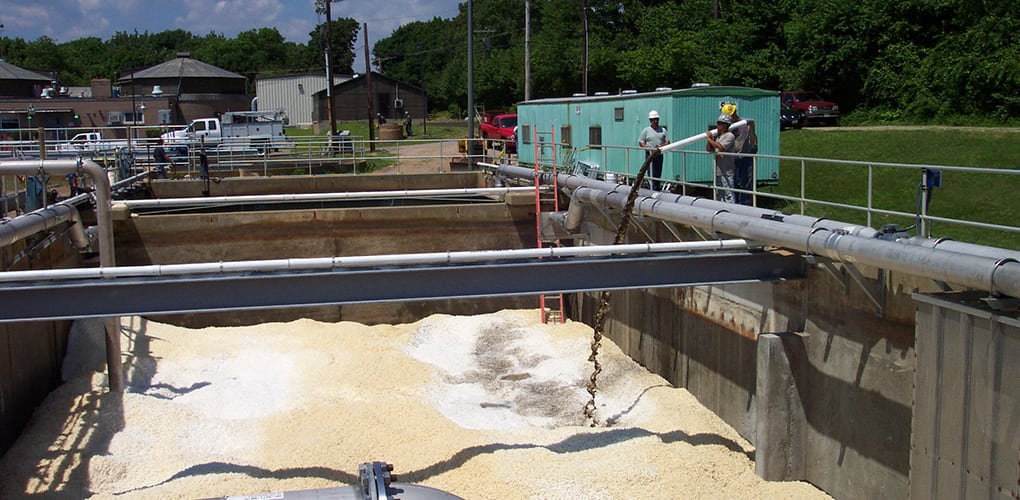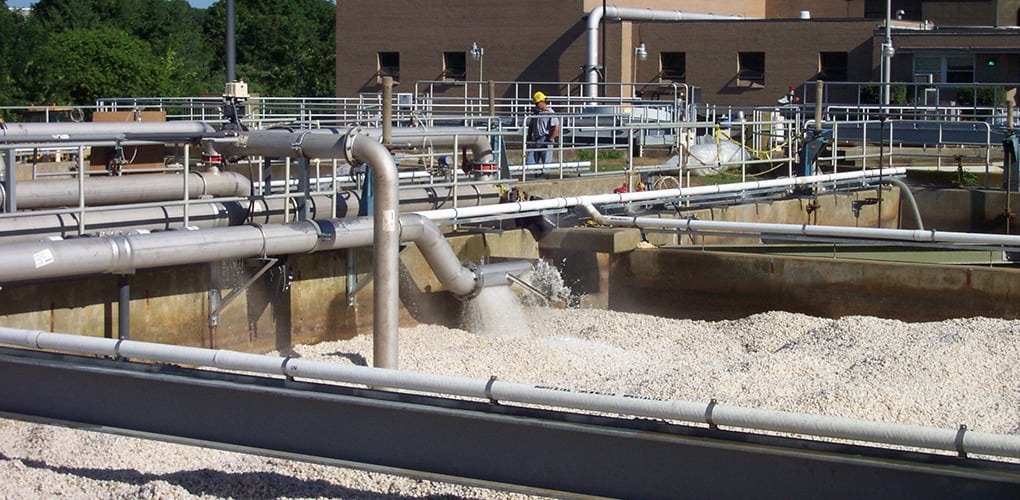Advanced Wastewater Treatment Facility Upgrade
Westerly, Rhode Island
The Town of Westerly entered into an Administrative Order with the Rhode Island Department of Environmental Management (RIDEM) to provide an advanced degree of wastewater treatment with ammonia and nitrogen removal. Under the order, BETA completed a Facility Plan that addressed expansion and improvements to both the wastewater collection and treatment system. Following approval of the Facility Plan, BETA provided engineering services for design, construction, and start-up of improvements, as part of a Design/Build contract.
The following improvements were designed and constructed:
Headworks – A new rotary screen and vortex grit removal facility with adequate ventilation and proper odor control devices.
Ammonia/Nitrogen Removal – BETA evaluated several treatment alternatives to comply with the new discharge permit for ammonia and total nitrogen. An integrated fixed film-activated sludge process utilizing engineered foam cubes was pilot-tested and proven to support the growth of microorganisms and effectively increase the operating mixed liquor solids concentration without increasing the footprint of the facility. The increase in biomass under aeration promoted nitrification. Full-scale processes were designed and constructed in each of the two existing aeration basins. An anoxic zone ahead of the aerobic zone with internal nitrate recycle (MLE configuration) was installed to provide nitrogen removal.
Aeration System – Existing surface aerators were replaced with a fine bubble diffused air system using membrane diffusers. Fine bubble diffusion was also compatible with the integrated fixed film process incorporated for ammonia and nitrogen removal.
Disinfection – The existing chlorine gas injection system was converted to the safer liquid sodium hypochlorite feed. To comply with Total Residual Chlorine limits, a sodium bisulfite addition system was also installed. Ultraviolet disinfection was not considered practical due to strong loadings from local dye houses and wide color variations of the wastewater.
Septage Receiving – Septage was being discharged directly to a manhole upstream of the headworks facility allowing septage to enter the waste stream as a slug load. A new septage removal facility, consisting of two 10,000-gallon septage storage tanks with screenings and grit removal equipment, was designed and constructed. Septage is now metered slowly into the forward flow, providing a more constant loading to the biological treatment process.
Solids Handling – Two gravity thickeners were rehabilitated with new drives and sludge rakes. Primary and waste-activated sludge piping was also reconfigured and simplified to avoid routing through process areas that were no longer operational.

